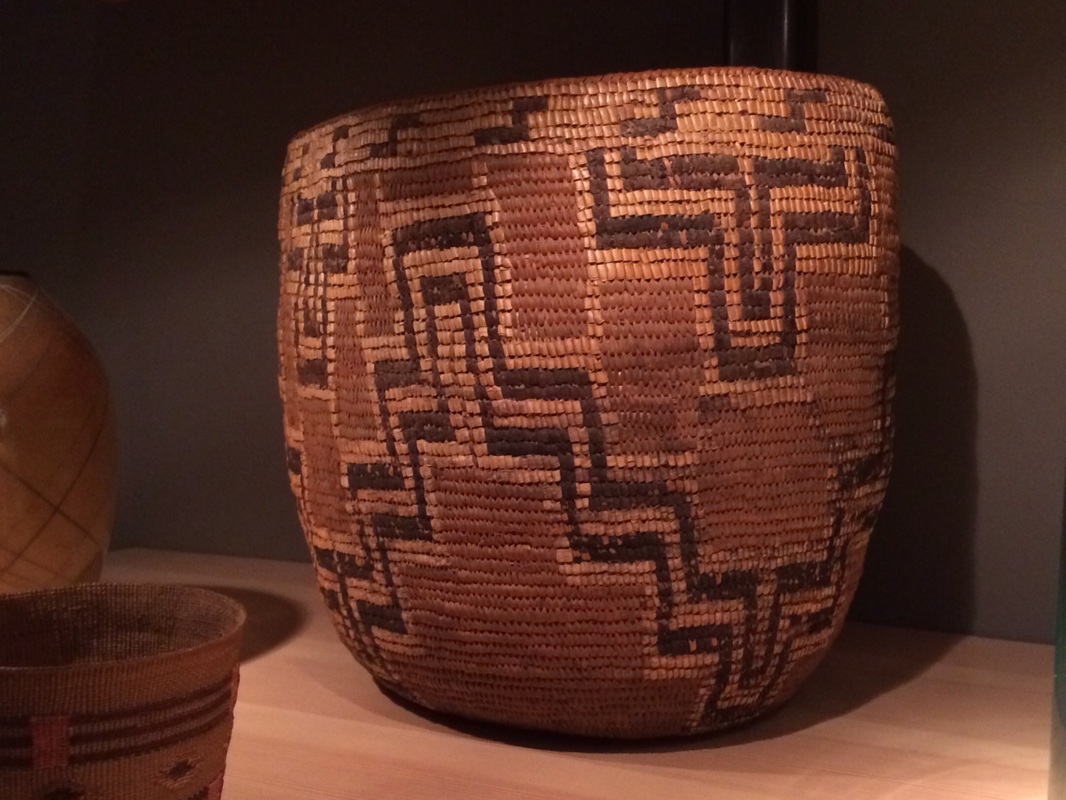Photo-bombers of the Bible
Photobombing. Seriously? I had never heard of it until recently, (it takes a while for some of us to catch up, please be patient with us, ok?) a photobomb happens when someone purposefully or inadvertently crashes your picture and shows up unexpectedly in the background. It's nearly always humorous. The best ones add a hilarious kind of back story narrative to the man picture making it even more interesting to the viewer while the main subject of the picture is blissfully unaware that anything else is going on. A knowing rapport builds between the bomber and the viewer at the subjects expense and we all end up having a good laugh.
Did you know that the Bible is totally bombed out with these kinds of back stories? Amazing and unexpected characters crash the main narrative again and again, the question is, have you seen them, have you noticed?
Take for example the Mummy. What? You mean the Egyptian Mummy? For sure that's not in the Bible. Right? Well, it has probably been a while since you read the last couple of chapters of Genesis. They tell the story of Jacob blessing his sons, of his death and the death of Joseph. It's a gripping story, but then in the middle gets dropped this:
"And Joseph commanded his servants the physicians to embalm his father. So the physicians embalmed Israel. Forty days were required for him, for such are the days required for those who are embalmed; and the Egyptians mourned for him seventy days."(Genesis 50:2, 3 NKJV)
Cool, so what's the big deal, they were in Egypt, that's kind of what you would expect. Well let's look at the picture a little closer and see if we can detect the bomber.
Jacob, the father of the twelve tribes of Israel, God's prince, was mummified. His body was embalmed. If you thought that mummification was for Pharaoh or royalty alone, you would be mistaken. Pretty much everyone was embalmed in Ancient Egypt. It is estimated that during the course of ancient Egyptian civilization, over seventeen million people were mummified, in addition to millions more animals. Embalming was big business. It was huge. The metaphor that mummification represented was burnt into the common cultural framework of the entire ancient world.
Understanding the embalming process is essential to unpacking the power of this photobomb. When a relative died, you would shop around for the best embalming deal. Once you located the embalming shop with the right package, you paid your money and got what you paid for, budget, standard, premium, whatever you could afford. Jacob lucked out here, because his son Joseph was incredibly well connected, so when he died, Joseph called in the best in the business to embalm his father. The physicians.
The mummification process took seventy days. For the first thirty days, the corpse was cleansed, by the removal of all that was perishable or foul. The body was placed, during this time in a purifying basin so that the impurities could be washed away. The Egyptian name for this basin is best translated as 'lake'. Success during the first phase was critical. If the deceased person successfully made it across the 'lake', their newly cleansed form was ready to enter the final forty days of the process, the desiccation or drying phase.
During the next forty days the corpse, which was by now, just skin and bones, was reconstructed. The body was built back up again. The skin softened with balsamic oils, the body cavities stuffed with resin, gum arabic, cloths, wood wool and chaff. The face was carefully reconstructed with new artificial eyes, carefully applied makeup and a wig. (Looking good in the underworld was high on everyone's list). Finally the whole reconstructed body was wrapped in fine linen bandages inscribed with texts and interspersed with amulets.
Throughout the whole seventy days, prayers were spoken over the deceased person. As the physical process preserved the body, the readings, recitations and prayers prepared the person spiritually for their new role in their next life as a word picture that would guide their descendants. The resulting mummy became an eternal form of the person, it became a biographical statement. The persons story. A living word or hieroglyph. These prayers all centered around renewal. Always starting from the head, the prayers symbolically returned the organs of the body one by one. The eyes, to see again, the mouth to speak, the heart to recollect, arms to embrace and legs to walk.
This process of symbolic new birth prepared Jacob to continue with his children, or rather journey 'in' them. As they repeated his story and remembered him, he would live on in them as they also lived 'in' him. Just as he was now representing them in heaven, they would represent him on earth. This baptism/mummification reminded them that he lived and because he lived, so did they.
So check it out, see for yourself the other places where this photo-bombing mummy shows up. Maybe try Jonah, Jordan, Calvary, just for starters. It's pretty clear when you know what to look for, but most of all remember why it's important. It's important, because it reminds us that we are all connected, that we are part of one another and that we live and die together and there is no life that is not resurrection life.


 RSS Feed
RSS Feed